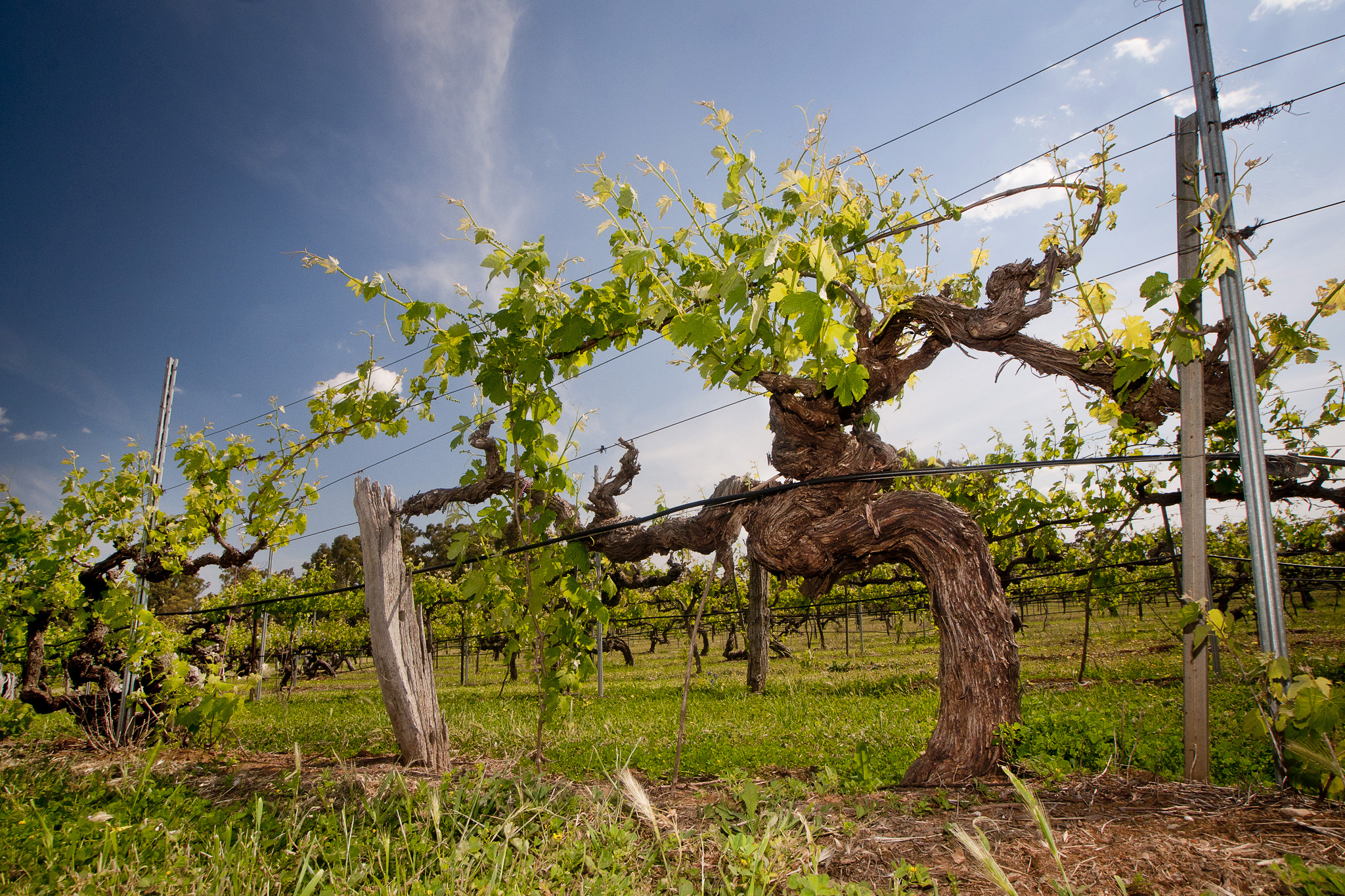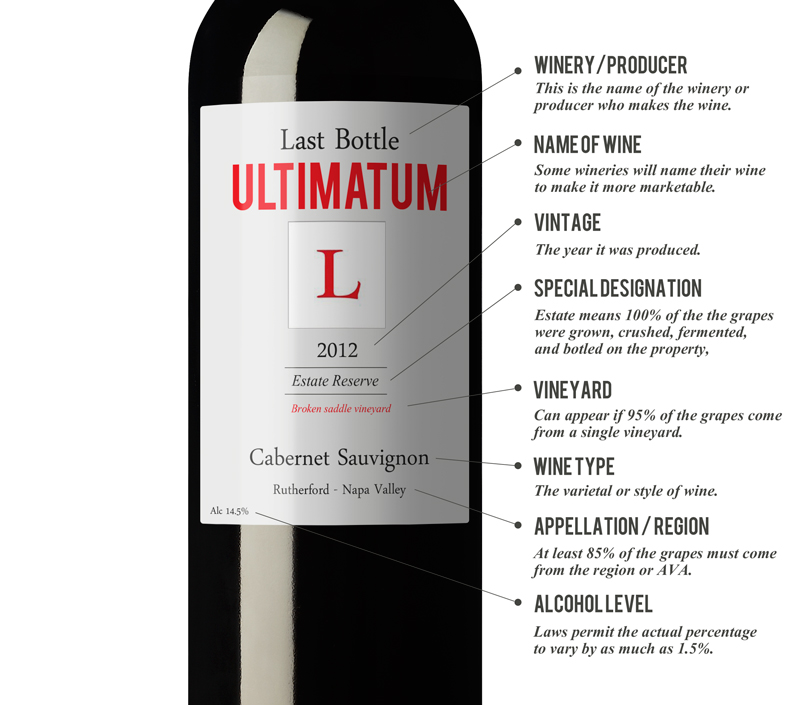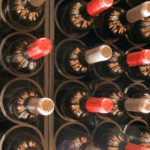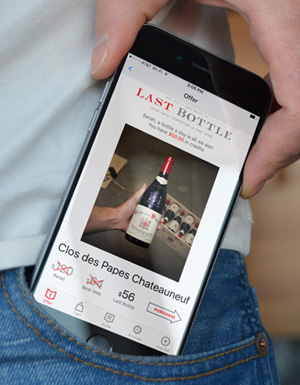This is a guest post by Liz Riggs (@Riggser)
Let’s face it. Wine is intimidating. Have you ever hung out with a group of serious wine lovers? You know, the kind who applaud the greatness of ’82 Petrus and debate whether Pontet-Canet deserves to move up from its lowly Fifth-Growth status to Second-Growth?
Meanwhile you dig deep for something to contribute, adding “I like Pinot Noir” which sounds slightly more profound than the I like turtles kid. The good news? It isn’t that hard to sound like you know what you’re talking about. Even if you have to pretend, that’s alright, because there’s actually good research suggesting that faking it is a great way to make it.
Here’s how to get started.
1. Stare at the wine
The color
Before you sip (slam) that red wine, gaze longingly into the and notice the color. Does it look impenetrably black or glow a slightly translucent ruby red? Darker wines tend to be fuller bodied and richer in flavor, while paler colors often hint at lighter flavor and body.

Via Wine Folly
Color can also tell you something about the age of a wine. Tilt the glass and look at the edge (it helps to hold the glass over a white surface here). Does it fade slightly, turning from darker red in the center to a lighter brick/orange red at the edge? That’s a good sign the wine has some age.
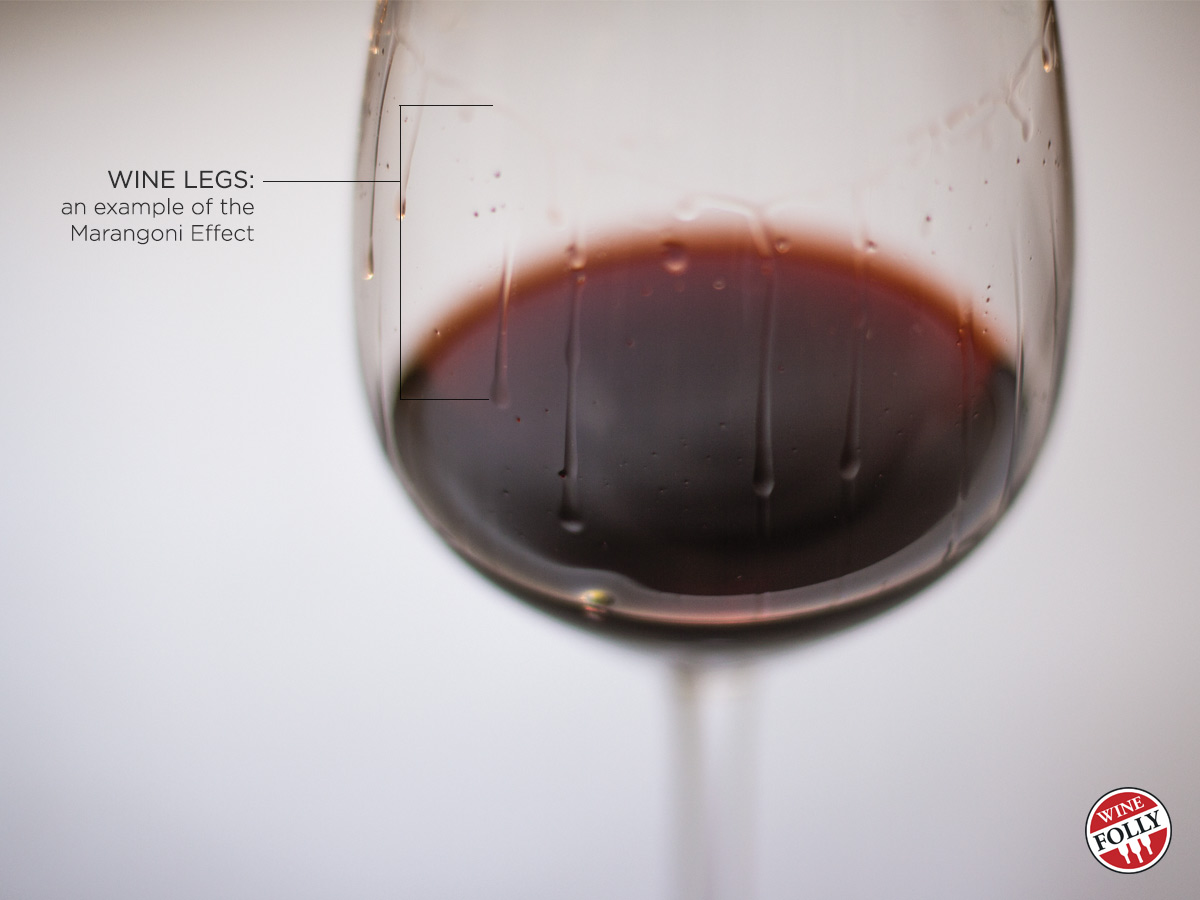
The “legs” on a wine glass offer insight into the alcohol content. Via Wine Folly
The legs
You’ve seen the tears or “legs” that show up on the side of a glass after you swirl wine. This happens as a result of alcohol evaporating. Higher alcohol wine has thicker, slower moving legs. Lower alcohol wines won’t leave as many legs on the glass. Simple, right?
2. Begin with a few descriptors, and apply them to every wine you taste
“OMG. This is bone dry…”
Try to learn a few wines that aren’t just described as ‘dry’ but ‘bone dry’ and buy these first. Friends will assume immediately that you know your stuff and start referring to many wines as such. Then you can take the time to learn what bone dry actually means and educate them (hint: dry has nothing to do with wetness. It means the wine has very little, if any, residual sugar).
Add these to your repertoire:
- Fruit-forward. Does the wine taste fruity, like ripe fruit? Call it ripe and fruity. Because really, how many of us know what kirsch tastes like, or have even seen a gooseberry?
- Red/black fruit. Most red wines show red (cherry, currant, raspberry), or black fruit (blackberry, plum, fig) flavors.
- Citrus/tropical fruit. White wines often have citrus, stone fruit, or tropical notes. Does the Sauvignon Blanc have a tart lemon/grapefruit flavor? That could mean it came from a cooler climate, like New Zealand or France, whereas one loaded with riper tropical flavors like pineapple and white peach might be from California.
These broad terms are a lot easier to throw around when you can’t pin down whether that’s a red currant or black cherry note. Or maybe it’s dragon fruit?
3. Learn extensively about 1-2 regions, and only drink those wines
To be fair, this is actually a pretty good practice in learning about wine in general— test out some Burgundy, or hit up the Rhone section. By focusing on a single country or a few regions you’ll get accustomed to their style wine. Or at least The Wine Bible says as much.
But, if you learn a lot about Rosés from Provence or White Bordeaux, the next time you’re out with friends and say “I just really need a Provence Rosé” they’ll assume you know what you’re talking about. And, since the region is known for such, you won’t be totally off base.
4. Always insist that wine needs to breathe
EVEN IF IT DOESN’T. End of story. Buy a decanter, tell people that the wine needs to “open up”. Urge guests who are bringing wine to your dinner party arrive early because the wine must be decanted before the party begins. You wouldn’t let a dog sit in a car with the windows up on a hot summer day, would you?! No! Let that wine breathe, even if it was $4! Two buck chuck needs air, too!
There is one caveat worth mentioning here. If you’re opening an old bottle you might not want to expose it to much air which might flatten its delicate flavors too much.
Tip: Master the art of the swirl until it becomes so second nature that you do it with any beverage in your hand. Your wife or husband will get annoyed, but it’s an important habit. Swirling wine exposes it to air, which helps it up even more.
5. Use the word vintage as much as possible
Sometimes the gods decide Bacchus has been hitting the bottle a little too much so they call in hailstorms, heavy rain, no rain, and other natural catastrophes that make for very bad vintages. Other times everything is just right and the year turns out perfect.
Hit up eRobertParker, pick a few years and regions, and then talk about them like your parents nostalgically speak of college. Example: “That 2012 vintage in Washington—my oh my, those are the wines I can’t stop thinking about. I’ll always wish I had more of them. What a great year.” If you want to take it up a notch, pick a year before 2000 and pair it with an overseas country. Obviously somewhere in France is a great place to start.
6. Learn the REAL pronunciations of a handful of wines
The main point of this is so that you don’t have to point at the wine on the menu when you order it. The waiter may look at you in a befuddled fashion, but maybe that’s because he/she doesn’t actually know how to pronounce the name either. “Oooo I just have to try this Tokaji.” That’s “TOK-eye” by the way, NOT “toe-kay-gee”.
Want to really blow their minds? Practice your German varietals and you’ll sound like a pro when you order some Reichsgraf von Kesselstatt Scharzhofberger Riesling Spatlese.
It’s also a totally boss move to abbreviate wines: “Oh I’ve just got to have the 2012 Napa Cab you’ve got here…” (remember, you say this without pointing and make sincere, uncomfortable and penetrating eye contact with the server.)
This also applies to producer names. Try this one: “Ah, yes the Chateau Vignot looks beautiful, we’ll have a bottle of that…”
Remember: eye-contact, and “SHA-toe veen-yo”, do not use your finger, do not point, do not pass go, do not collect 200 dollars. (In this case, in fact, you will be paying at least $100 dollars, so you get the picture…)
7. Get a bigger glass
Remember the part about wine needing air? That’s why a bigger glass helps – it helps expose the wine to more air. So do yourself a favor and invest in a decent set of wine glasses. This is particularly important for red wines but not as much for whites. White wine glasses are smaller because they keep the wine cold for longer and the narrow size helps focus more delicate flavors.
Want to be really bo$$?
Do like James Suckling and get yourself a luxurious 100-point Lalique crystal wine glass. Use it exclusively for tasting highly rated wines. Carry it around in a special case and use a polishing cloth to carefully remove any trace of foreign surface material that might affect your palate.
Fake it til you make it. How to sound like a wine pro (when you're really a noob) Click To TweetNow you should be ready to go forth and put your new skills to the test. Pretty soon you might be surprised that not only do you sound smarter, but you actually know a thing or two about tasting wine. But always remember not to take things too seriously. Learn to trust your taste buds and become comfortable knowing you like what you like.



